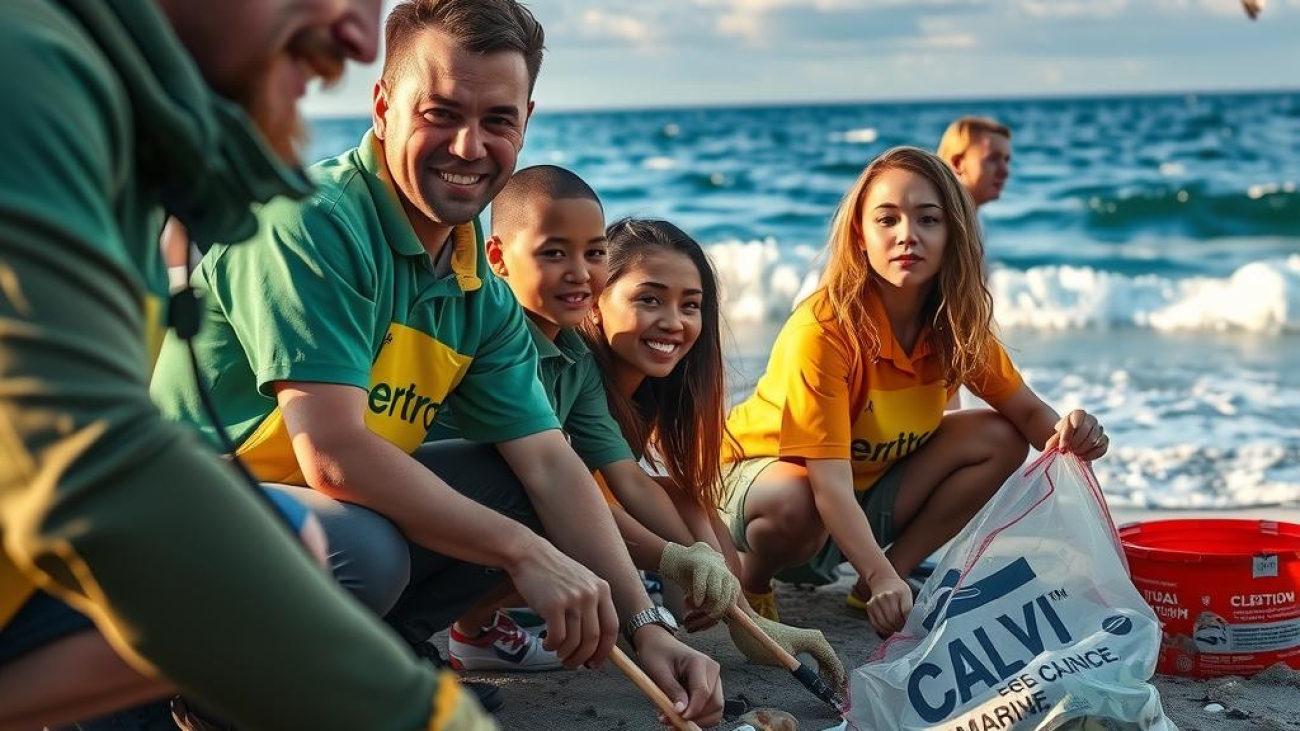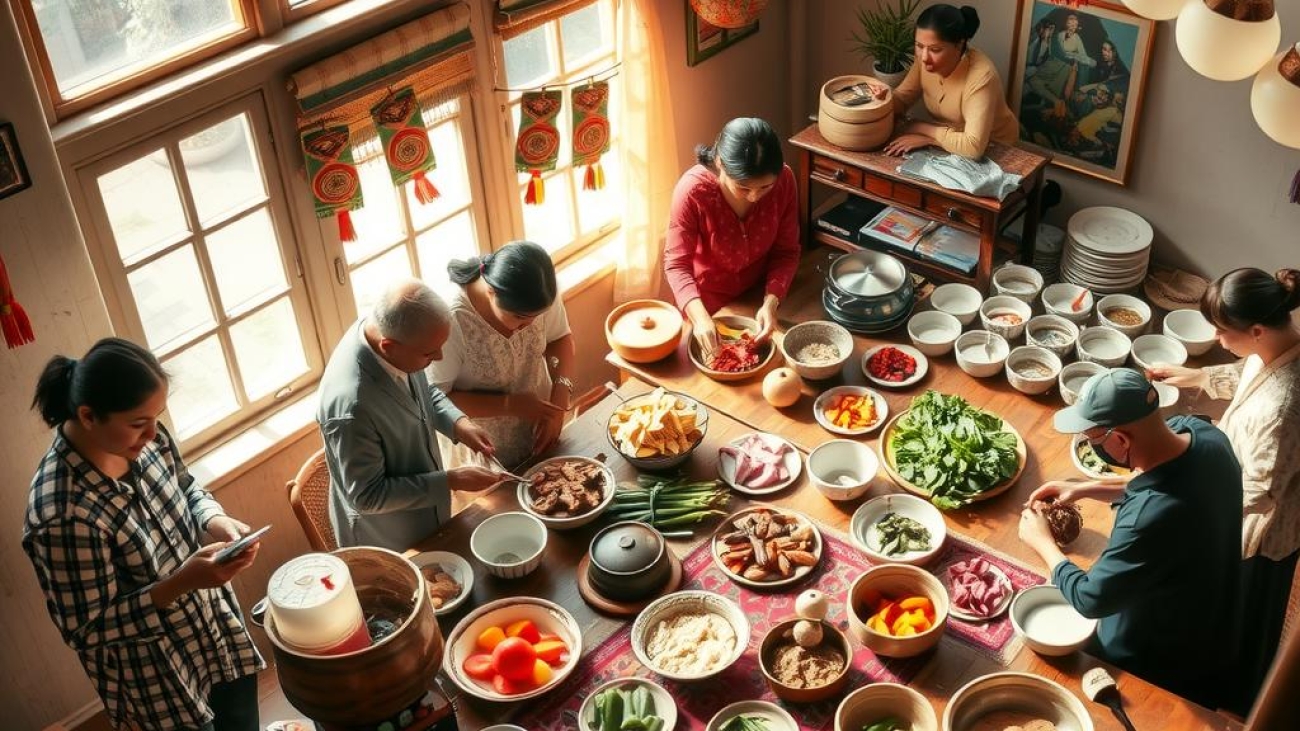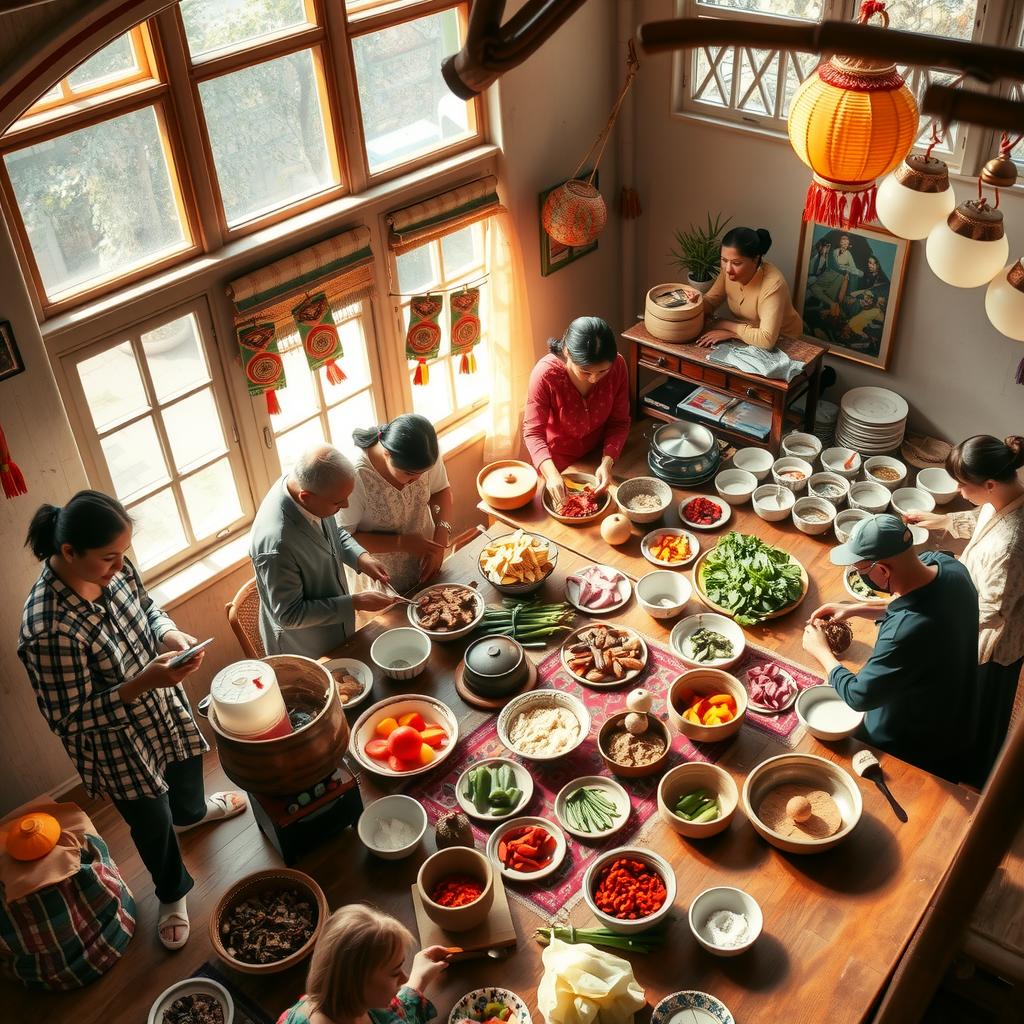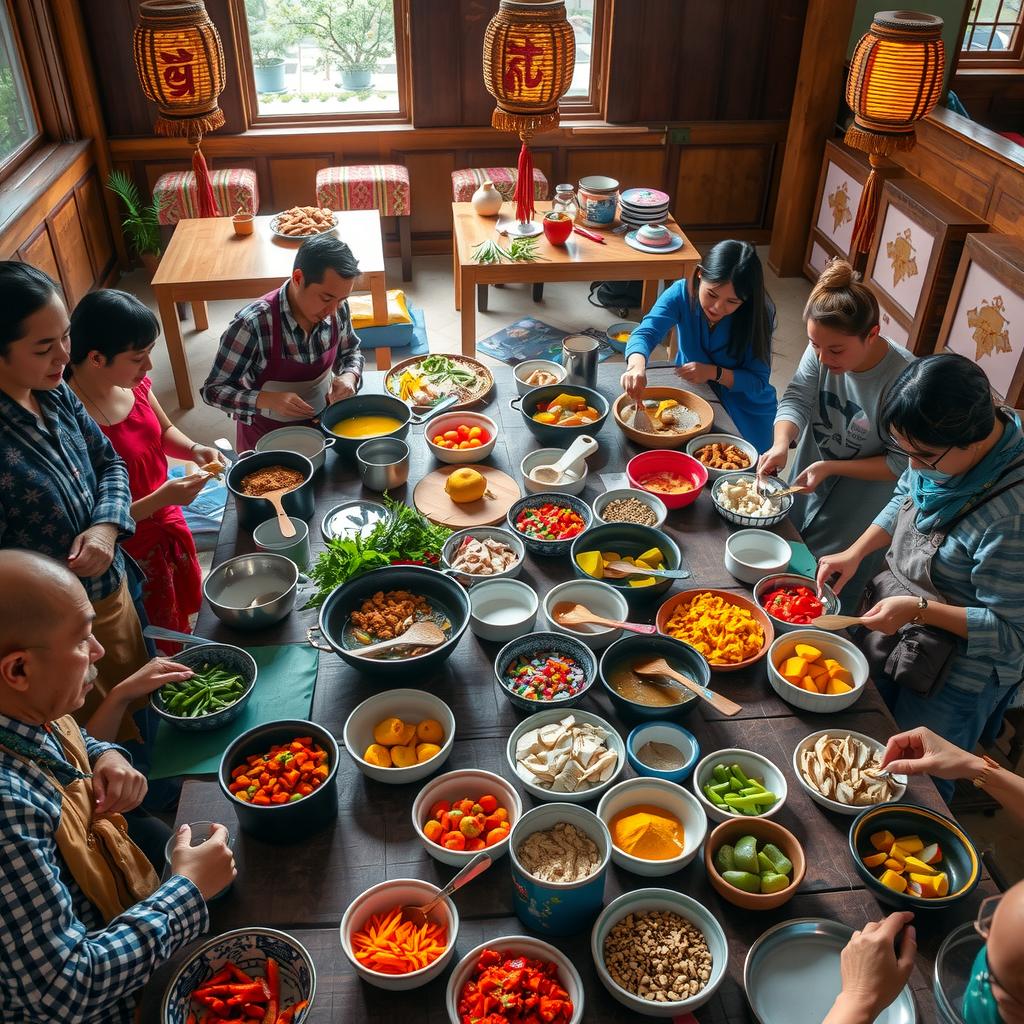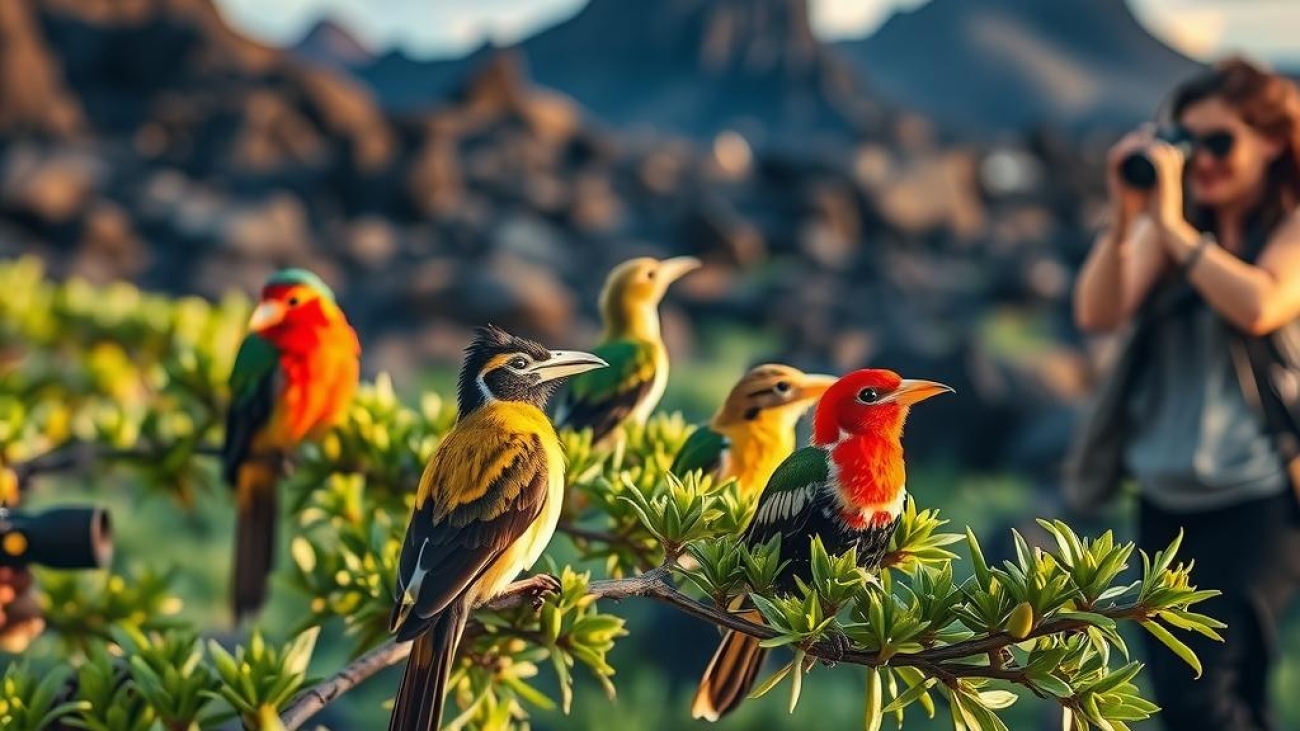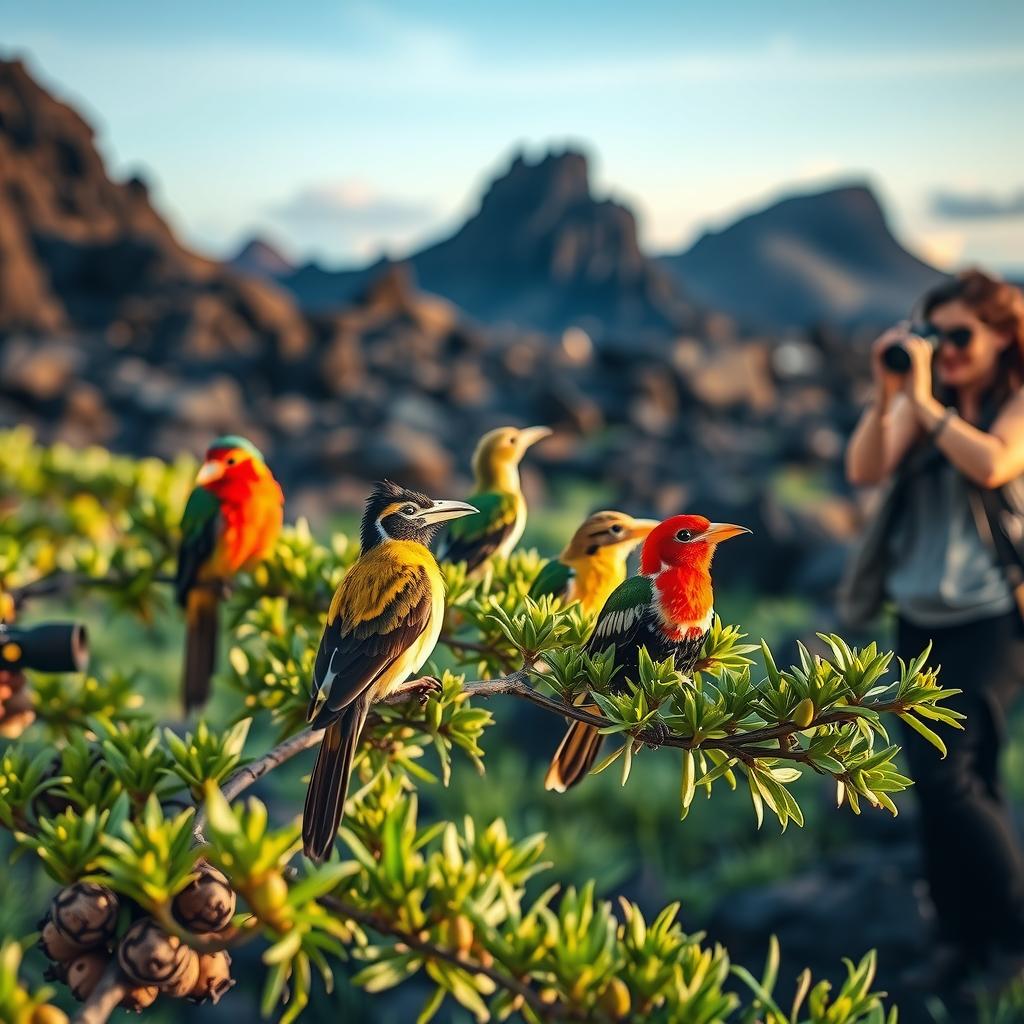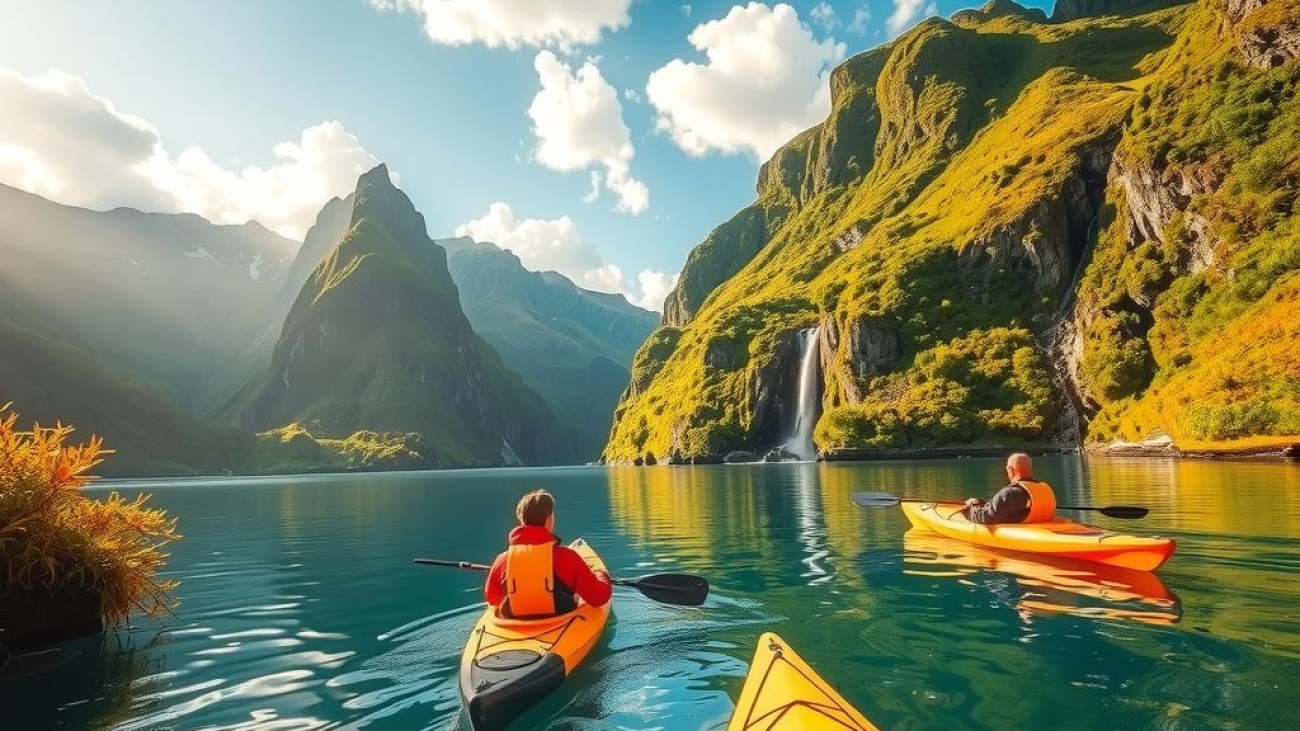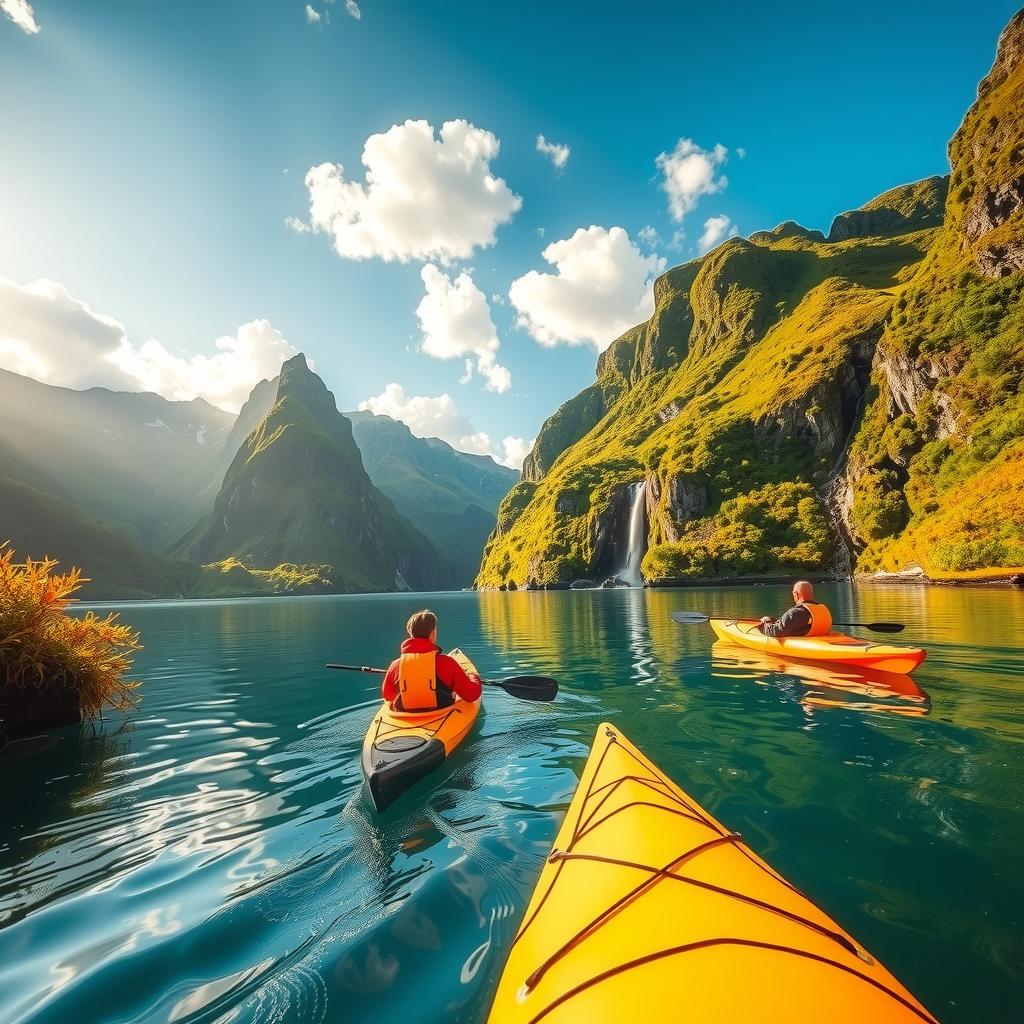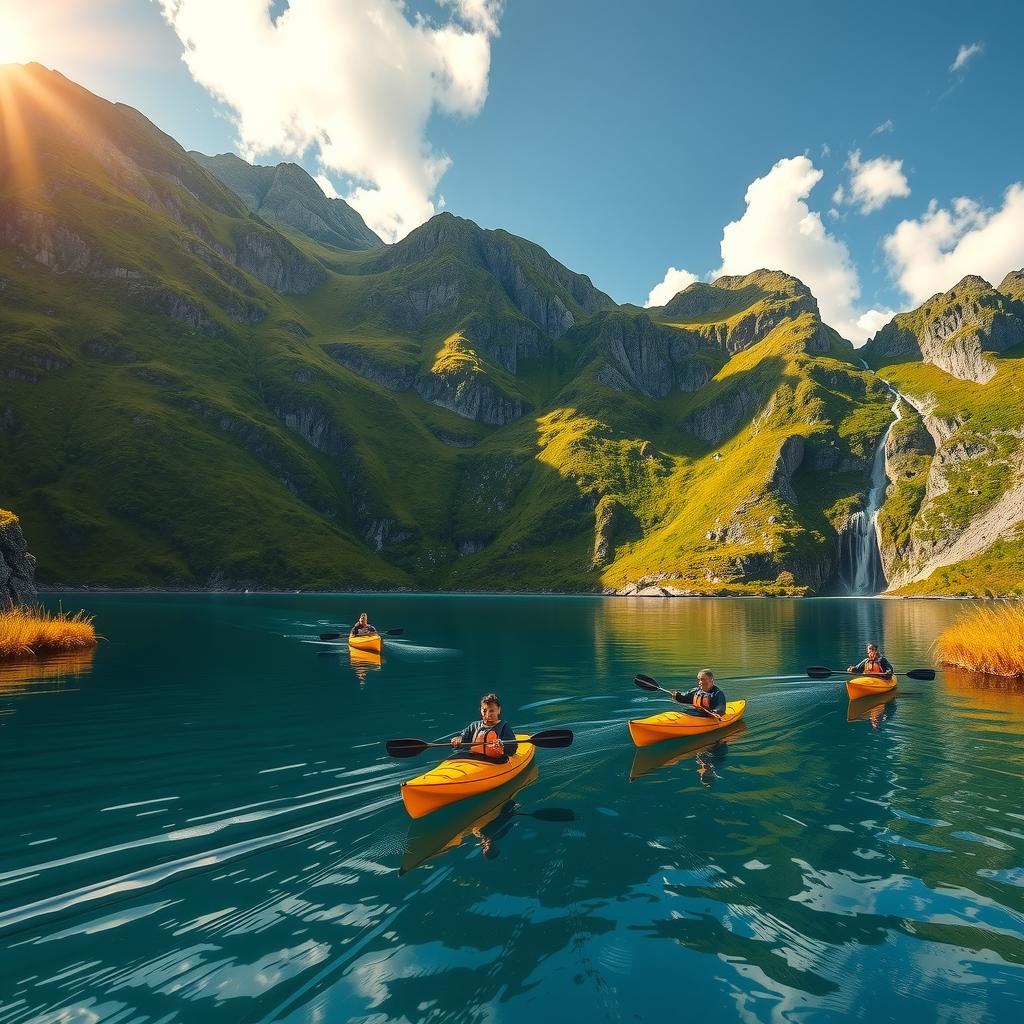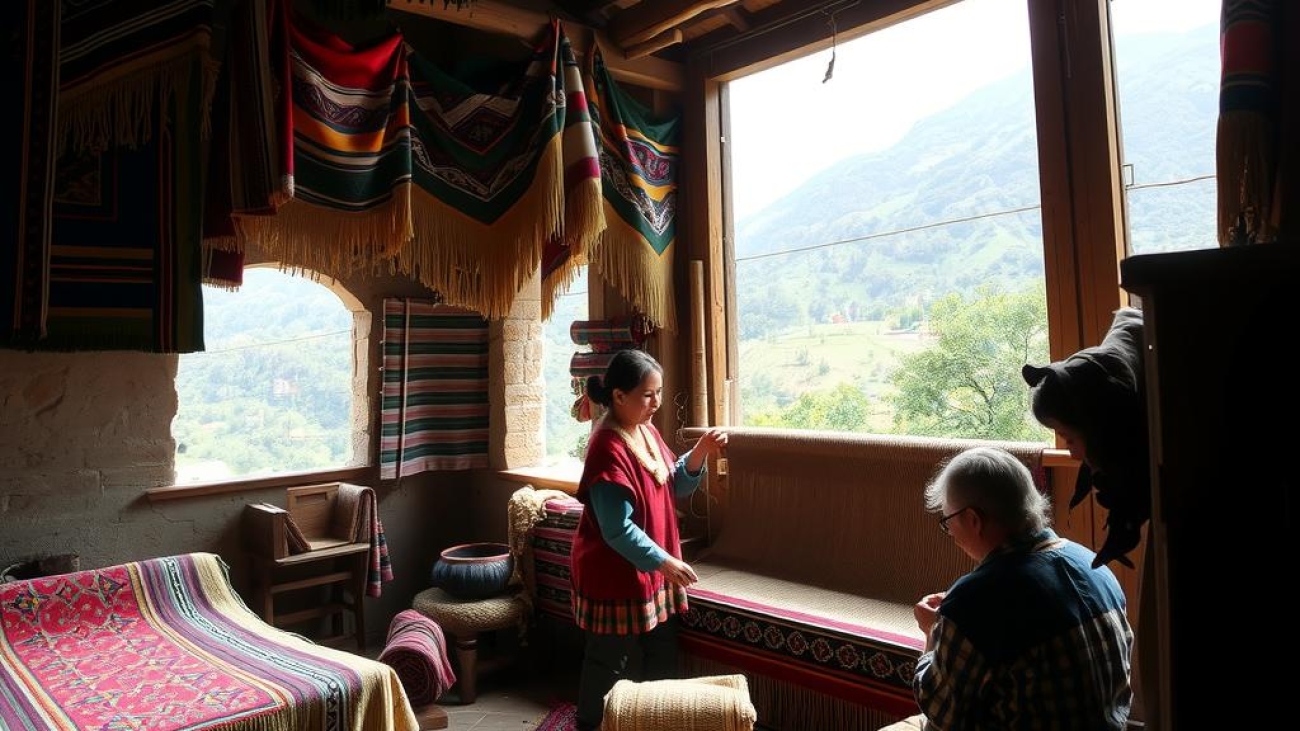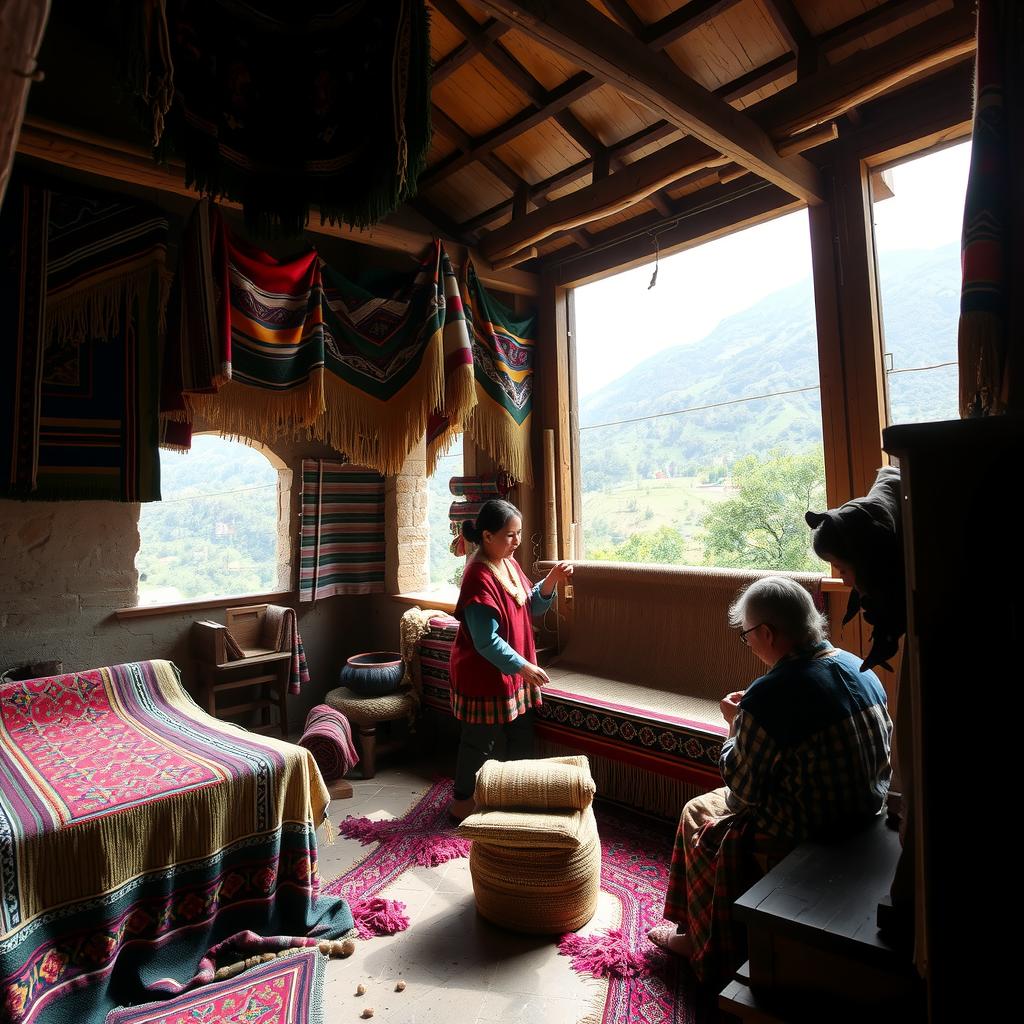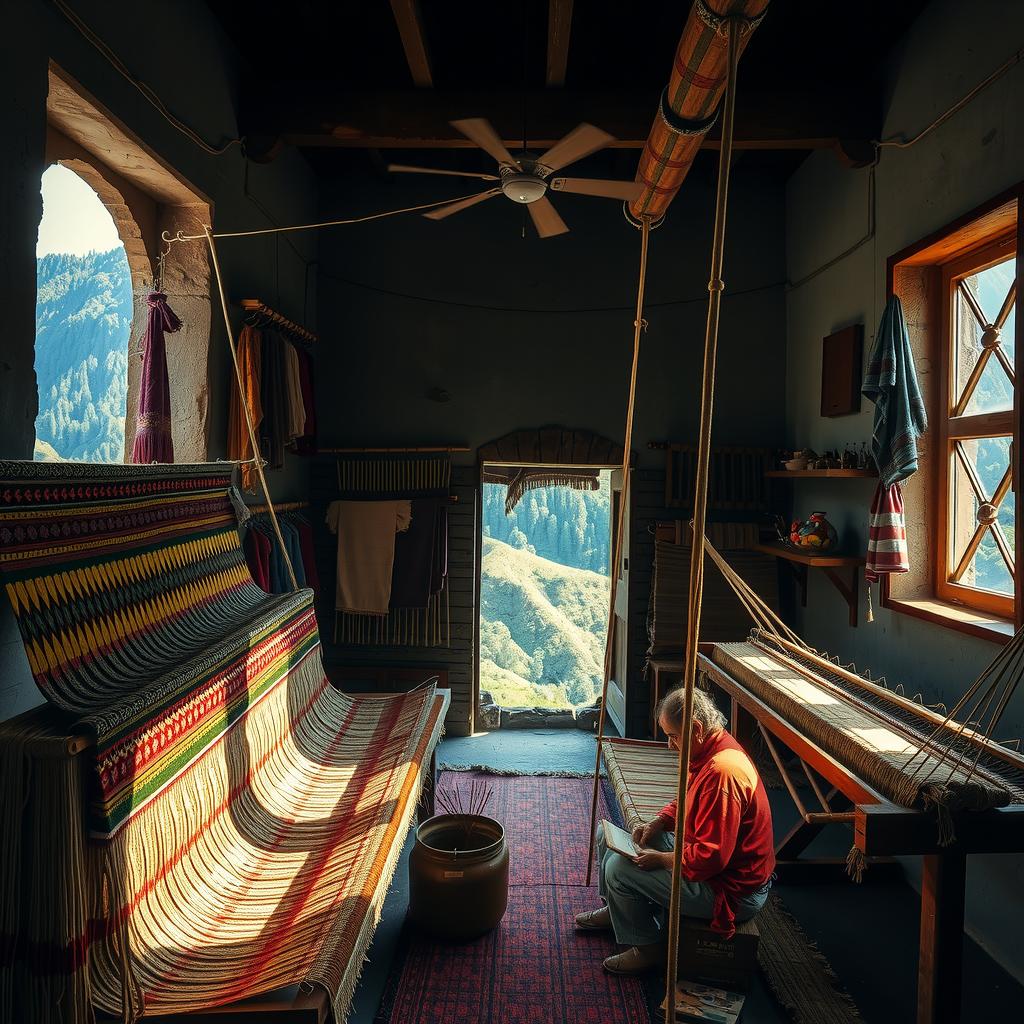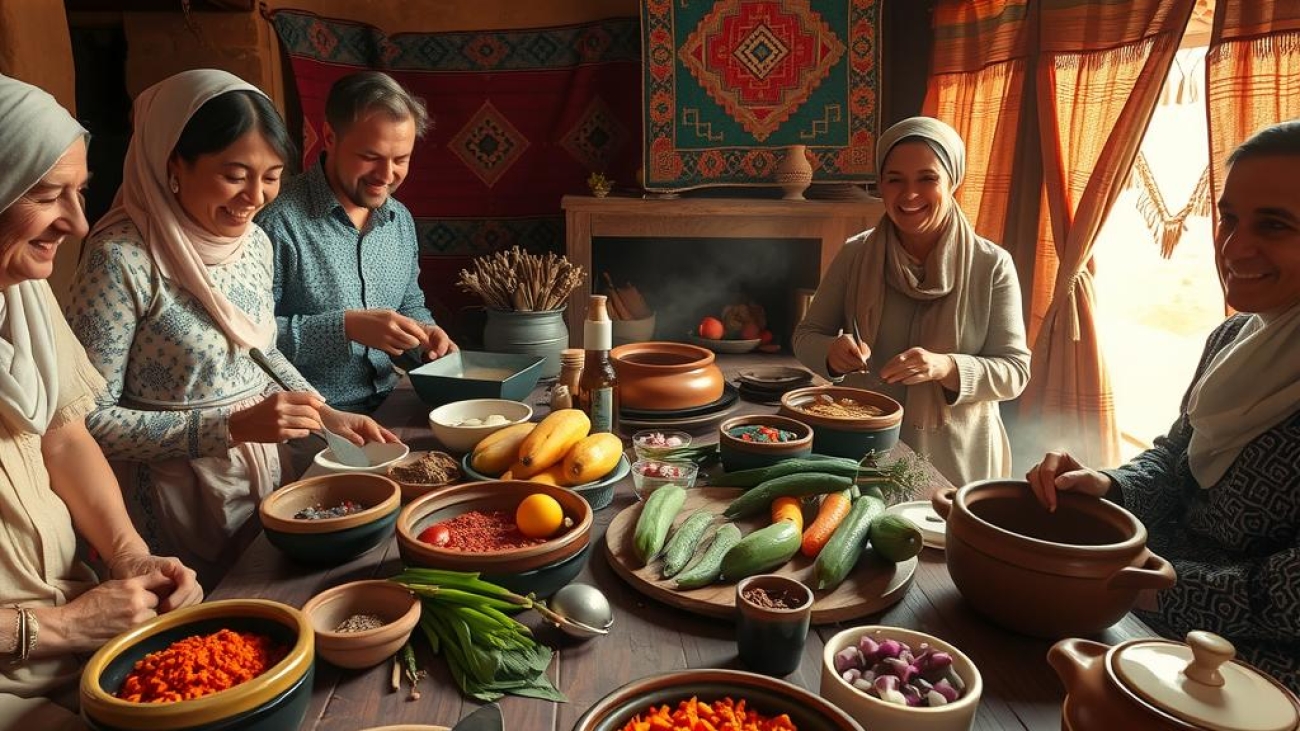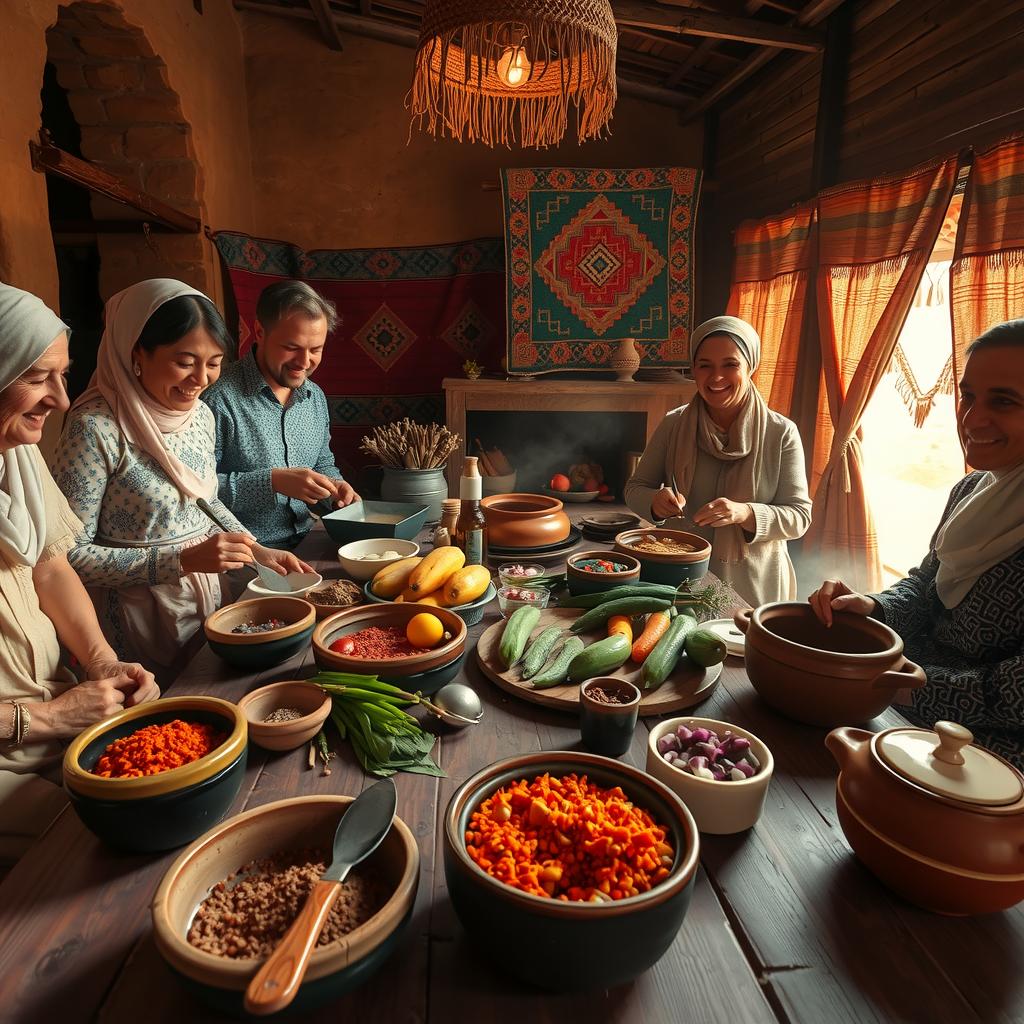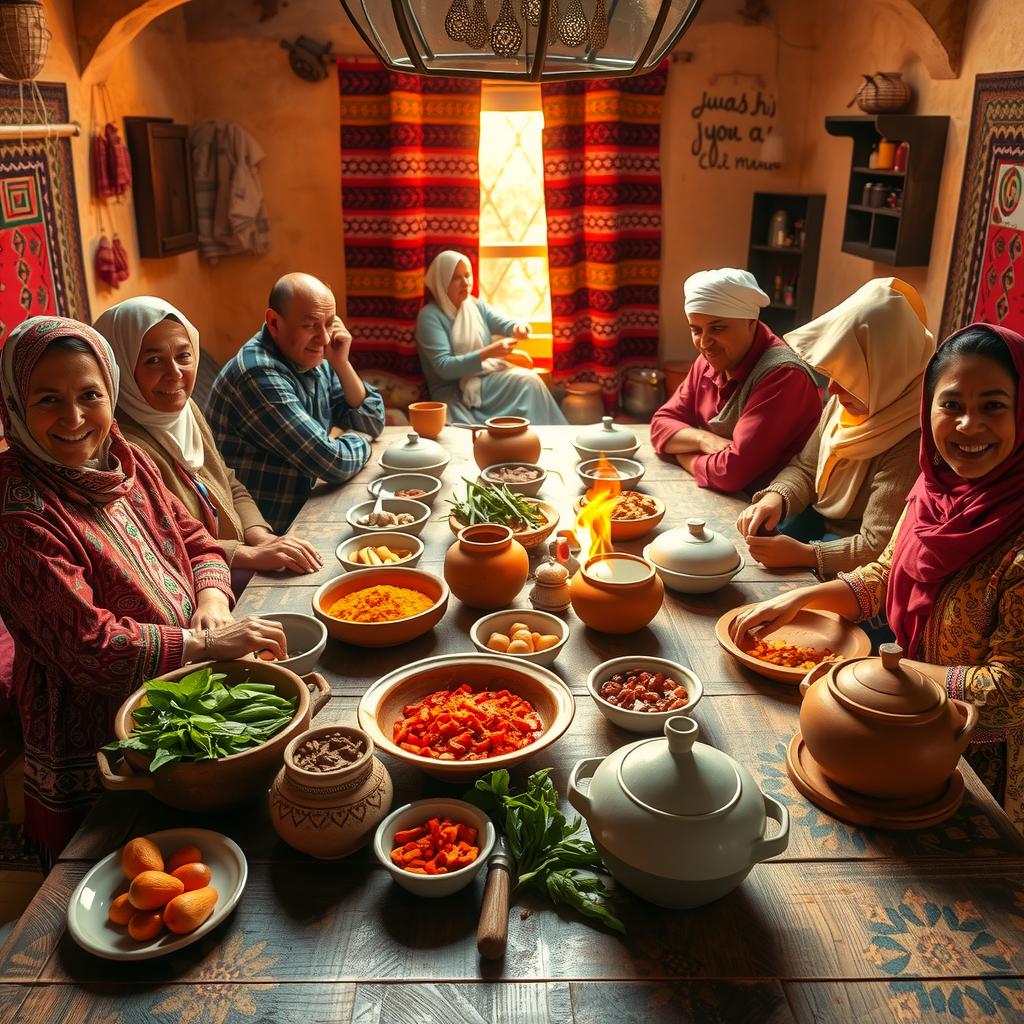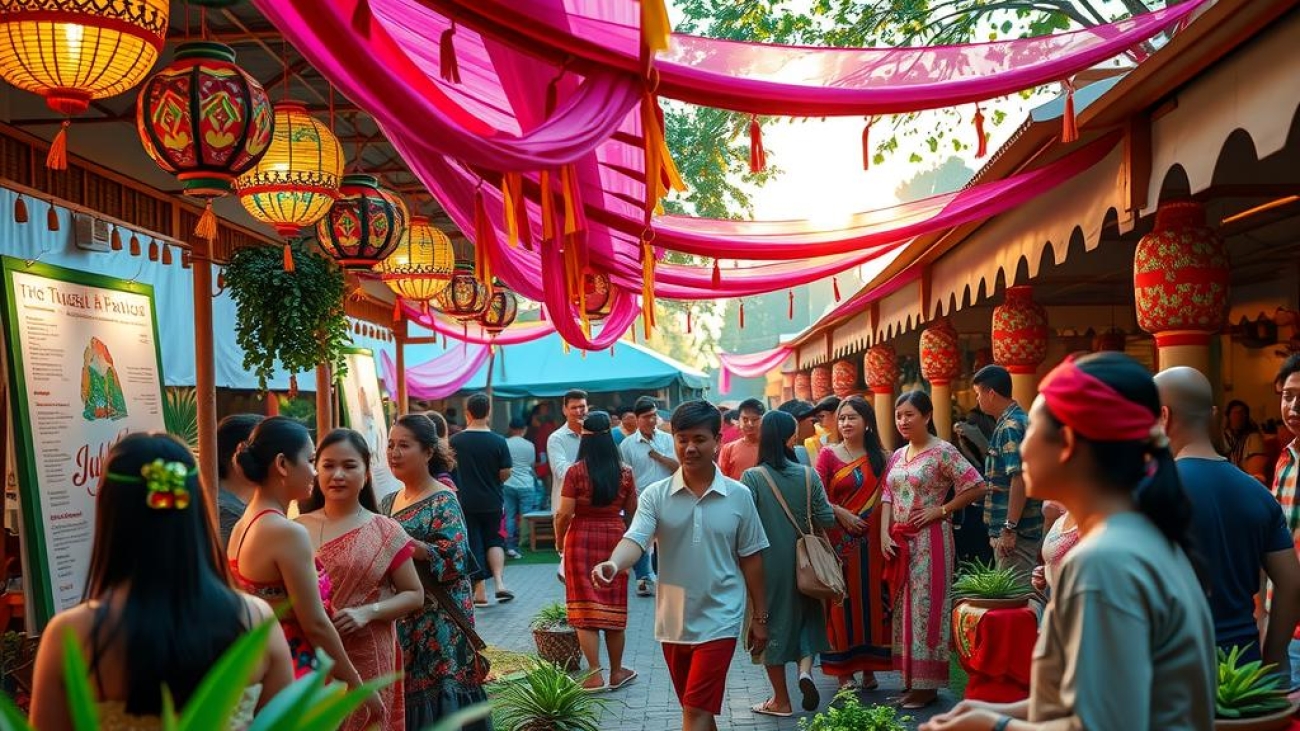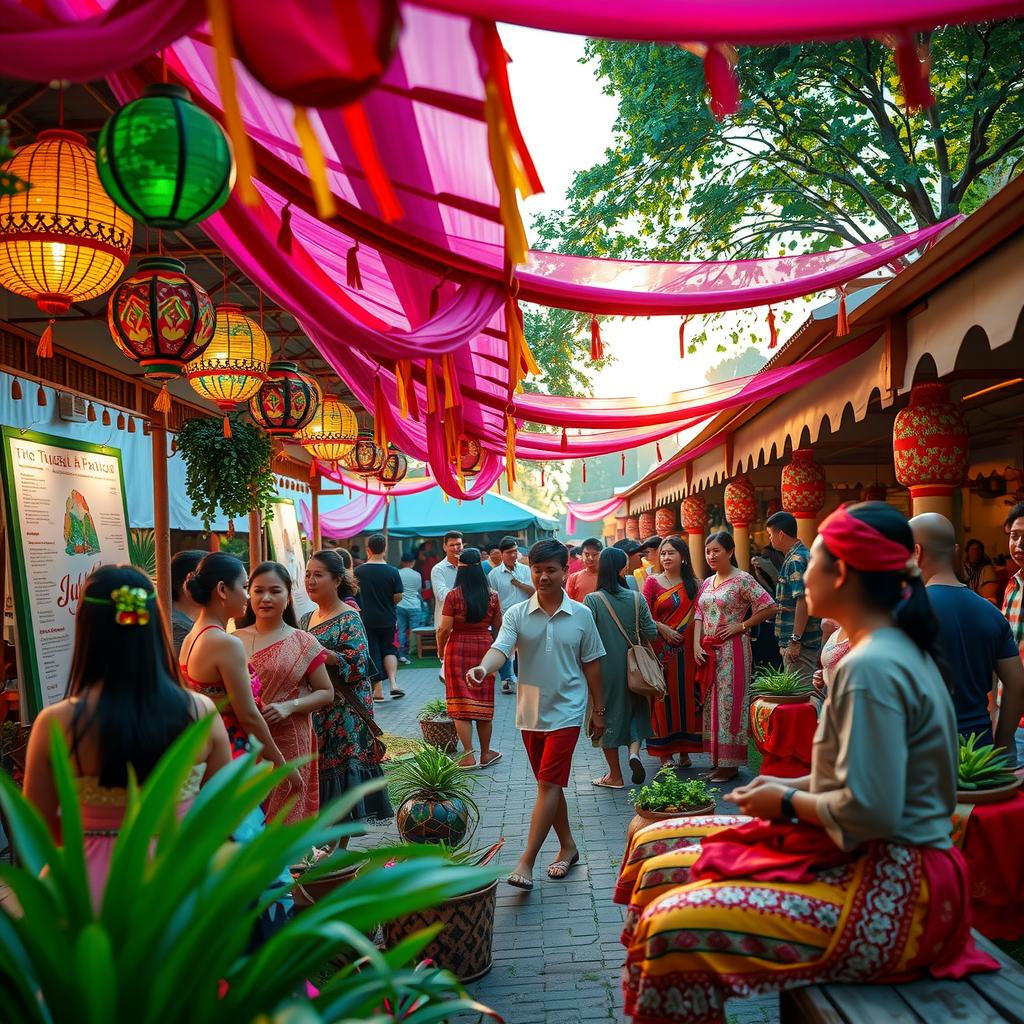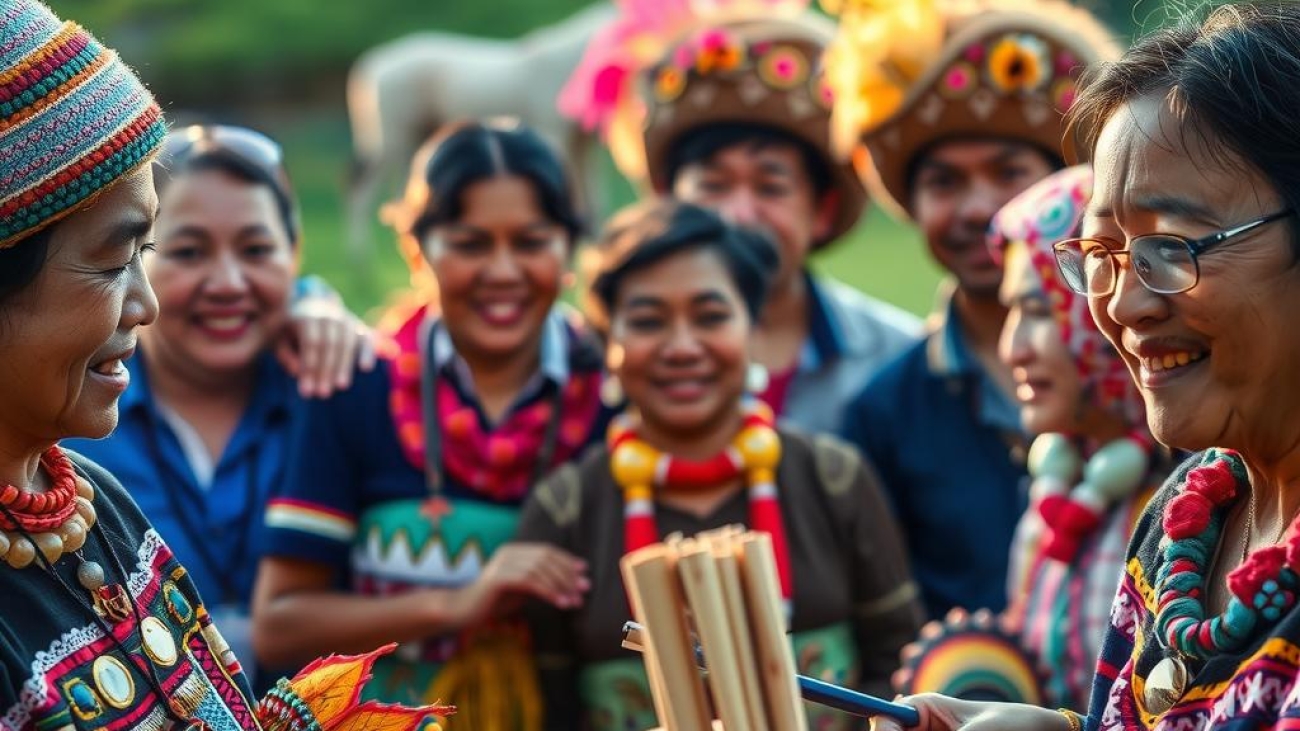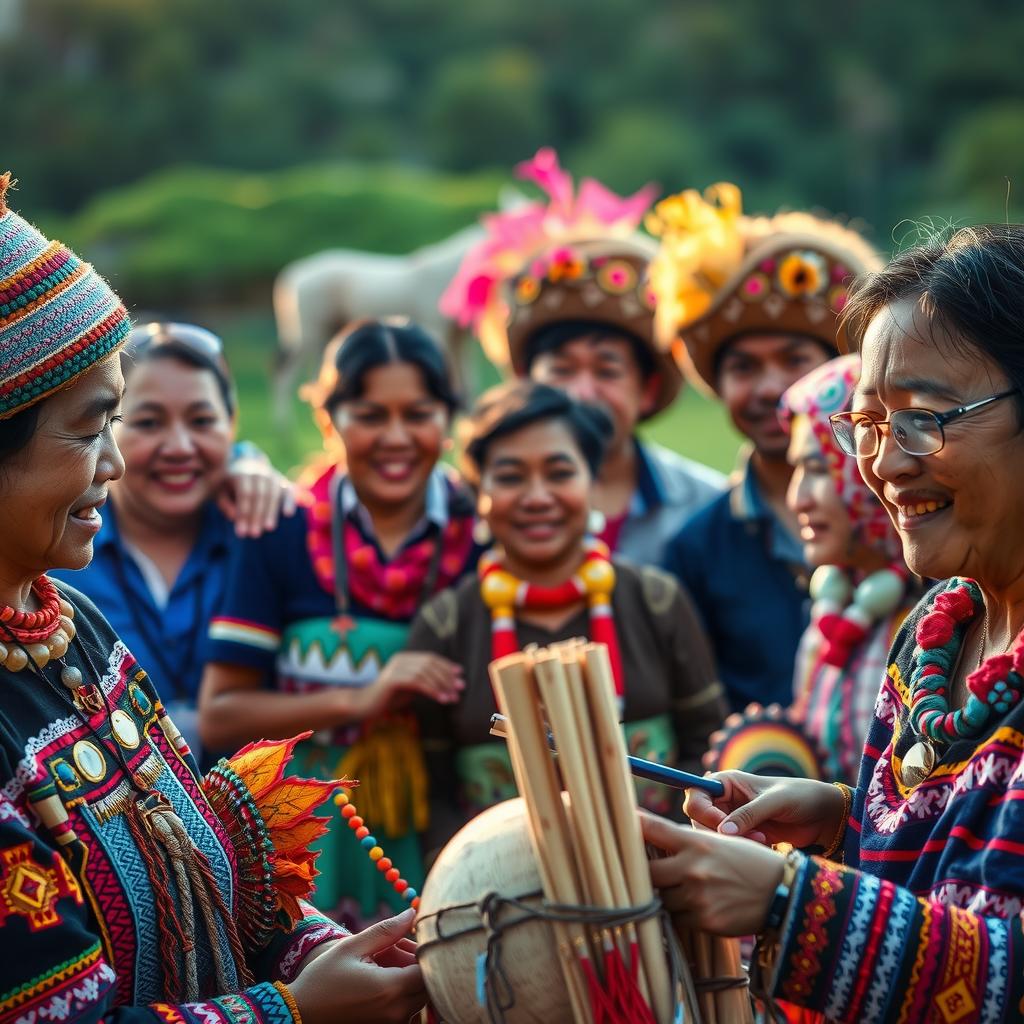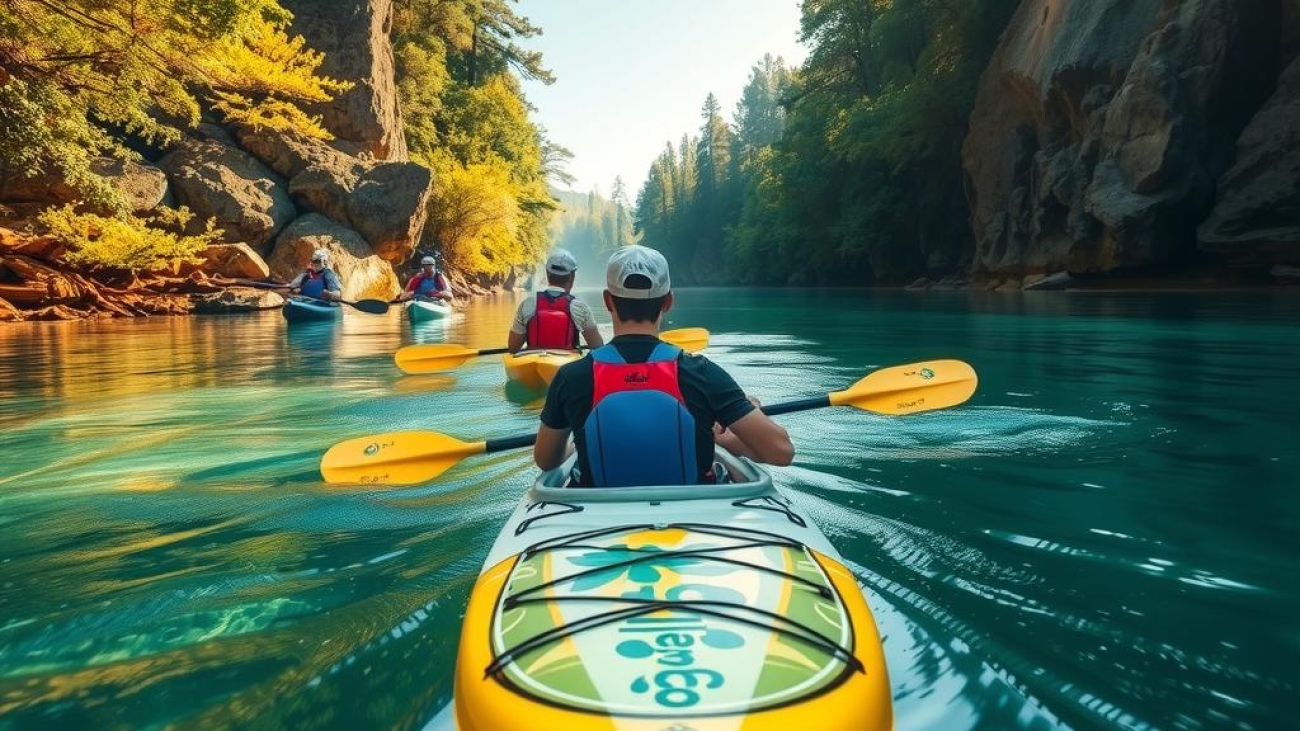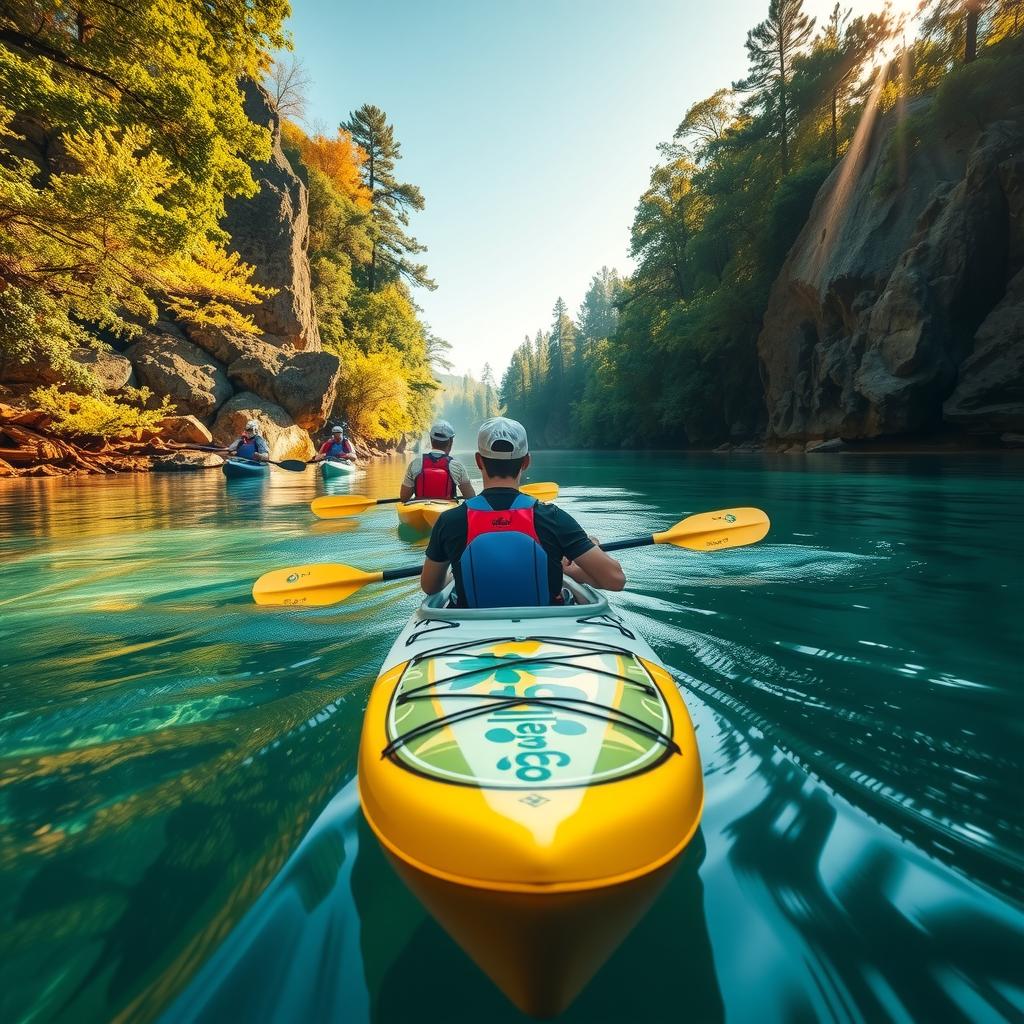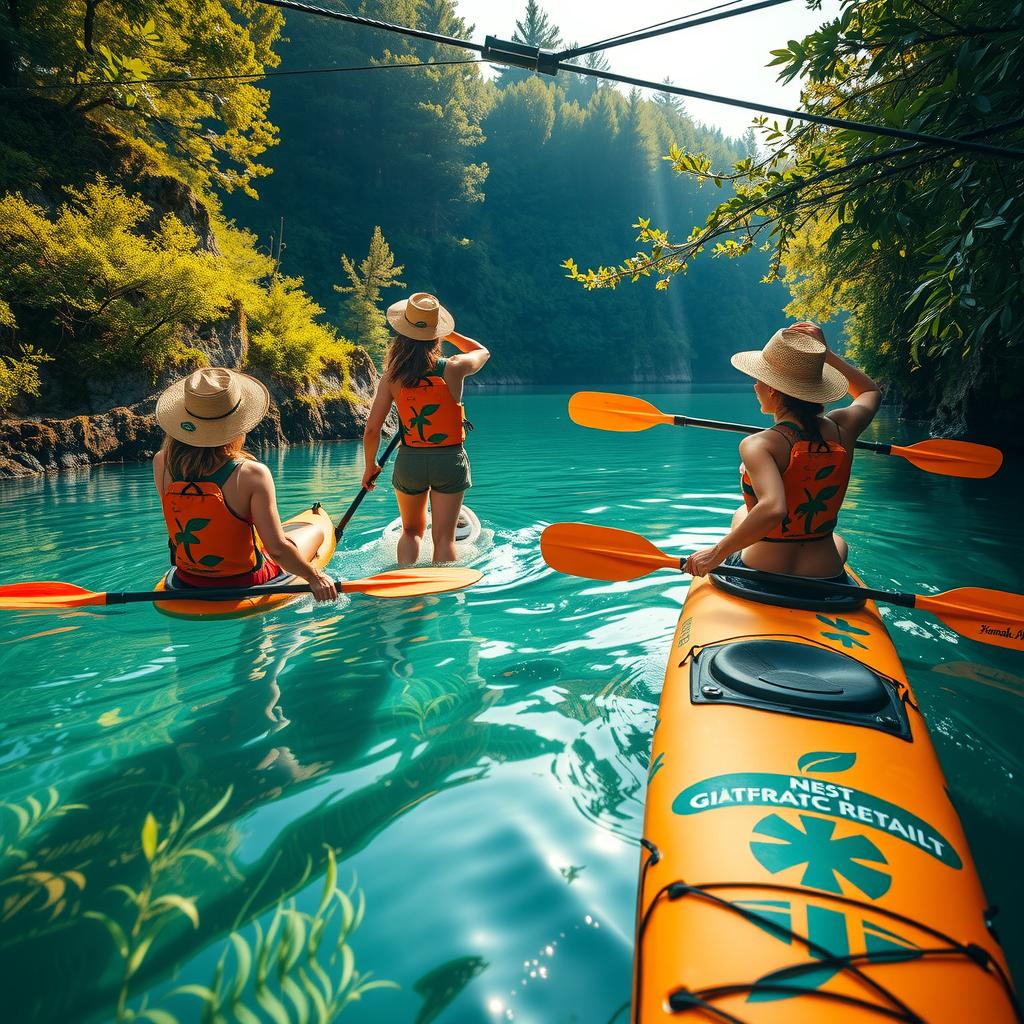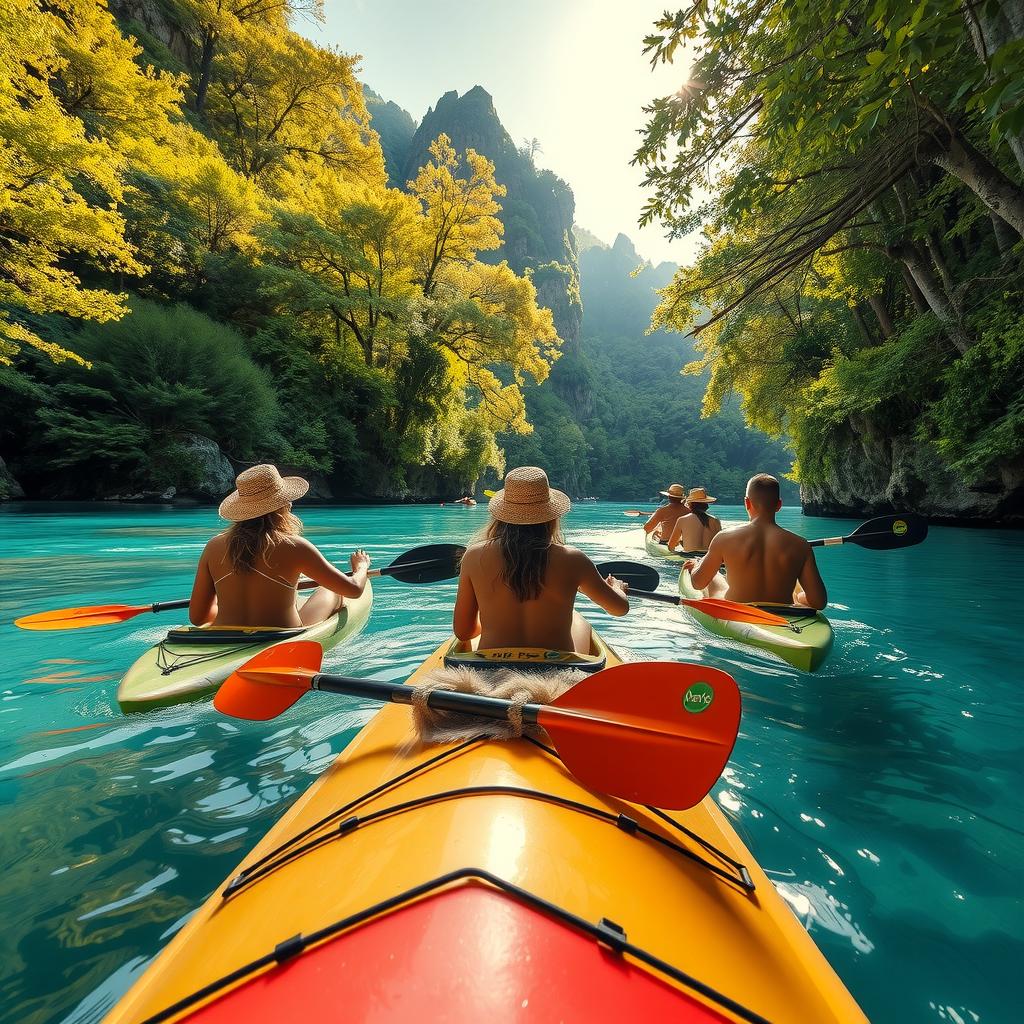The world’s oceans are facing unprecedented challenges, from plastic pollution and climate change to overfishing and habitat destruction. As marine ecosystems teeter on the brink of collapse, the urgent need for action in ocean protection has never been more critical. This is where marine conservation volunteer opportunities come into play, offering individuals a chance to become part of the solution while immersing themselves in rewarding experiences that foster personal growth and environmental stewardship.
Engaging in marine volunteering not only helps preserve vital habitats and wildlife but also empowers communities by promoting sustainable practices that can lead to long-term positive impacts on local environments. These programs often focus on eco-friendly projects that address pressing issues like coral reef restoration, sea turtle conservation, or combating invasive species—all crucial components in safeguarding our planet’s health. By participating in these initiatives, volunteers deepen their understanding of marine biology and ecological balance while actively contributing to meaningful change.
For those seeking an opportunity to make a tangible difference through community service, the realm of marine conservation offers a wealth of options tailored for various interests and skill levels. Whether one is passionate about conducting research alongside scientists or engaging with local populations through educational outreach programs, there exists a niche for everyone willing to lend their time and talents toward wildlife conservation efforts.
Moreover, environmental volunteering fosters connections among like-minded individuals who share a commitment to preserving our oceans for future generations. Participants often return home with unforgettable memories forged amidst stunning coastal landscapes while cultivating valuable skills applicable across numerous fields—from project management to scientific research techniques.
In this blog post titled “Marine Conservation Volunteer Opportunities,” readers will explore various avenues available for making impactful contributions towards ocean protection. Emphasizing both individual benefits and collective outcomes derived from these endeavors reveals how each person can help combat some of today’s most pressing environmental issues through active participation.
Ultimately, as we delve deeper into this subject matter throughout the article ahead—highlighting specific projects worldwide—we invite aspiring volunteers not just to read passively but rather envision their role within this larger movement dedicated towards safeguarding our precious marine ecosystems against further degradation.
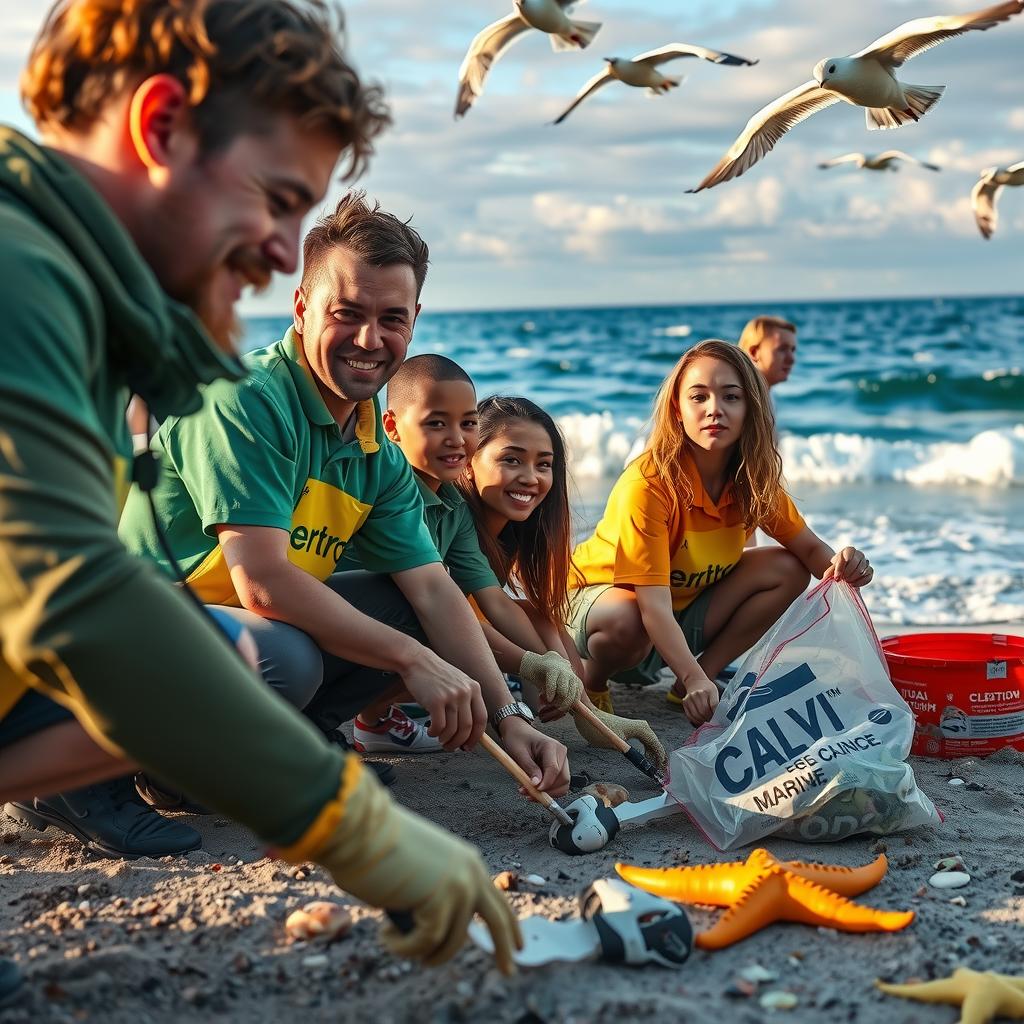
Key Points: Highlights of Marine Conservation Volunteer Opportunities
Engaging in marine conservation volunteer opportunities provides individuals with unique experiences that directly contribute to the protection and restoration of ocean ecosystems. Volunteers can partake in a variety of hands-on projects, from beach clean-ups to coral reef restoration activities, which serve as essential support for local communities committed to sustainable practices. By participating in these initiatives, volunteers not only help preserve marine biodiversity but also gain valuable insights into effective wildlife conservation strategies.
One significant aspect of marine volunteering is the opportunity for personal growth and development. Participants enhance their understanding of ecological issues while working alongside experts and fellow volunteers who share a common goal: ocean protection. This collaborative environment fosters camaraderie and strengthens community ties, making environmental volunteering more impactful. As they engage in eco-friendly projects, volunteers often develop skills that extend beyond their time spent volunteering, igniting lifelong commitments to sustainability within their own communities.
Ultimately, embracing marine conservation volunteer opportunities serves as both an avenue for individual fulfillment and a critical step towards safeguarding our planet’s precious marine resources. Each effort made by dedicated volunteers plays a vital role in preserving diverse ecosystems crucial not only for wildlife but also for humanity’s future. Through these meaningful engagements, individuals discover how they can actively contribute to protecting the oceans while enjoying the beauty of nature around them.
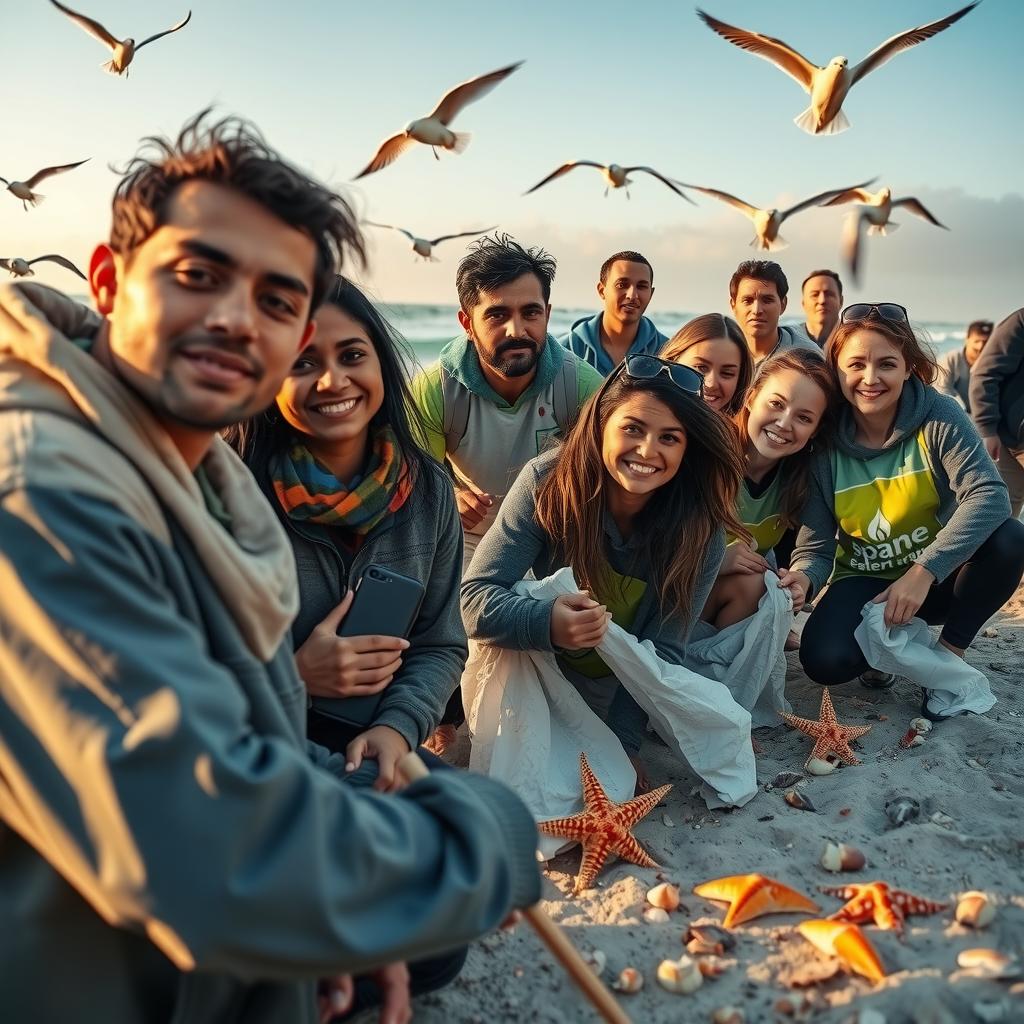
The Vital Link Between Marine Biodiversity and Ecosystem Health
Unraveling the Web of Life Beneath the Waves
Marine biodiversity is not just a collection of species; it is a critical component that underpins the health and stability of ocean ecosystems. The rich variety of life found in our oceans—from microscopic plankton to majestic whales—plays essential roles in nutrient cycling, food web dynamics, and ecosystem resilience. For instance, coral reefs, often referred to as the “rainforests of the sea,” provide habitat for countless marine organisms while also offering coastal protection against storms. However, these intricate systems are facing unprecedented threats from climate change, pollution, overfishing, and habitat destruction. Understanding this biodiversity’s importance leads to an urgent call for conservation efforts aimed at protecting marine environments. Volunteer opportunities abound for those who wish to make a difference; engaging in marine conservation projects can enhance public awareness about these vital ecosystems while fostering community involvement.
The Consequences of Biodiversity Loss
The decline in marine species diversity has dire implications not only for ocean health but also for human livelihoods that depend on these resources. When key species are removed or diminished—such as apex predators like sharks or foundational species like kelp—the balance within ecosystems can shift dramatically. This disruption can lead to phenomena like algal blooms or fishery collapses that directly impact food security and economic stability worldwide. Moreover, loss of biodiversity diminishes nature’s capacity to adapt to changing environmental conditions—making systems more vulnerable to stressors such as climate change and pollution events. Individuals interested in making an impact should consider participating in volunteer opportunities focused on restoring habitats or conducting research on local marine environments; such initiatives contribute significantly toward reversing trends associated with biodiversity loss.
Integrating Local Communities into Conservation Efforts
Marine conservation efforts are most effective when they involve local communities that rely on ocean resources for their livelihood entirely. By integrating ecological knowledge with traditional practices through collaborative approaches between scientists and fishermen or indigenous groups, sustainable solutions emerge that benefit both people and wildlife alike. Education plays a crucial role here; raising awareness about sustainable fishing practices or coastal management strategies fosters stewardship among community members who may otherwise be unaware of their actions’ environmental impacts. Engaging with volunteer opportunities that emphasize education allows participants not only to learn firsthand about marine ecology but also empower locals by sharing knowledge essential for long-term sustainability.
Global Significance: A Collective Responsibility
The importance of conserving marine biodiversity extends beyond individual nations—it is indeed a global responsibility requiring collective action across borders due to interconnected ocean currents influencing various regions worldwide.
International agreements such as the Convention on Biological Diversity highlight this shared commitment towards preserving life beneath our waves despite differing political agendas.
Participation within global citizen science initiatives provides volunteers avenues through which they can contribute valuable data aiding international researchers striving toward informed decision-making processes affecting policy changes related specifically targeting issues impacting oceans today.
Involvement via organized programs ensures individuals play active roles advocating ocean protection while amplifying voices calling attention needed reform regarding unsustainable practices threatening aquatic ecosystems globally.
Engaging in Volunteer Opportunities: Hands-On Contributions to Ocean Health
Dive Into Meaningful Action for Marine Life
Engaging in marine conservation volunteer opportunities presents a unique chance for individuals to make tangible contributions towards the protection of our oceans and the diverse life they support. From participating in invigorating beach clean-ups that remove harmful debris from sandy shores, to joining dedicated teams focused on coral reef restoration, volunteers play an essential role in safeguarding aquatic ecosystems. Many organizations offer structured programs where participants can immerse themselves fully into eco-friendly projects designed not just for immediate impact but also aimed at fostering sustainable practices within local communities.
One fascinating aspect of these volunteer opportunities is their ability to cultivate a deeper understanding of marine environments while simultaneously empowering individuals through hands-on experiences. For instance, beach clean-up initiatives often include educational components, enlightening participants about the detrimental effects of plastic pollution on marine wildlife and habitats. These gatherings foster community spirit as like-minded people unite with a shared goal—preserving ocean health and promoting wildlife conservation efforts that resonate far beyond the shorelines.
Similarly, volunteering for coral reef restoration allows individuals not only to contribute physically by planting new corals but also to learn about critical ecological relationships within these vibrant underwater worlds. The knowledge gained during such activities enhances awareness regarding ocean protection challenges faced globally—from climate change impacts leading to coral bleaching, to overfishing threatening biodiversity.
Moreover, engaging in environmental volunteering serves as a gateway into broader community service initiatives. Many volunteers find themselves inspired by their experiences, prompting them to advocate more vigorously for sustainable practices within their own lives and communities. This ripple effect is crucial; it emphasizes how personal commitment can lead others toward eco-conscious lifestyles and collective action against environmental degradation.
In essence, participating in these impactful programs does more than simply aid marine life—it instills hope and ambition among individuals who understand their capacity for change. Volunteering fosters connections between passionate advocates striving for a common purpose: protecting our oceans today ensures healthier seas tomorrow.
Through various local or international platforms offering marine volunteering options tailored specifically towards different interests or skills—whether it’s research-based work monitoring fish populations or creating educational materials—the avenues available are abundant yet deeply rewarding. As society increasingly recognizes the significance of preserving natural resources amidst escalating threats posed by human activity, each volunteer opportunity becomes invaluable—not only contributing directly toward ocean health but also inspiring future generations committed to this vital cause.
By stepping forward into these roles dedicated entirely toward preservation efforts around marine ecosystems’ wellbeing—individuals stand united under one mission: nurturing our planet’s blue heart while celebrating its irreplaceable beauty through active participation in meaningful conservation endeavors.
Personal Growth Through Volunteering
Fostering Skills and Commitment to Sustainability
Engaging in marine conservation volunteering offers a transformative experience that goes beyond the immediate task of ocean protection. Volunteers who participate in such programs often find themselves developing a diverse range of skills, including teamwork, leadership, and problem-solving abilities. These experiences not only enhance personal capabilities but also instill a profound sense of commitment toward sustainability and environmental stewardship. As individuals work alongside like-minded peers on eco-friendly projects aimed at preserving marine ecosystems, they cultivate lasting connections with local communities and fellow volunteers. Such relationships are built on shared values and collective goals, creating networks that extend well beyond the duration of the project. The act of participating in wildlife conservation initiatives fosters an environment where participants can learn about various marine species while contributing to their preservation efforts—a dual benefit that underscores the importance of community service in driving ecological awareness.
Moreover, marine volunteering opportunities often require individuals to engage with local cultures and practices related to environmental care. This immersion provides insights into how different communities perceive their relationship with nature, enriching volunteers’ understanding while reinforcing their commitment to protecting these vital habitats for future generations. The hands-on approach inherent in these programs allows participants to witness firsthand the effects of pollution and climate change on marine life; this exposure can be both eye-opening and motivating. For those dedicated to making a difference through environmental volunteering, such experiences can ignite lifelong passions for advocacy or even inspire career paths within environmental science or policy-making arenas.
Additionally, committing time as a volunteer can significantly bolster one’s resume by showcasing adaptability—a trait highly sought after by employers today—while enhancing critical thinking skills developed through real-world challenges encountered during projects focused on ocean protection efforts. By engaging deeply with issues affecting our oceans, volunteers also become ambassadors for sustainable practices upon returning home; they often share insights gained from their experiences which help raise awareness within their own communities regarding pressing ecological matters.
Through participation in structured programs designed around marine conservation, individuals gain far more than mere experience; they emerge equipped with knowledge that contributes positively towards fostering resilient ecosystems globally while cultivating valuable interpersonal skills along the way—benefits that last long after involvement ends. Ultimately, these volunteer opportunities serve as powerful catalysts for personal growth—not just shaping advocates for environmental sustainability but also nurturing compassionate global citizens committed to safeguarding our planet’s precious resources now and into the future.
Explore Exciting Marine Conservation Volunteer Opportunities to Make a Difference
The alarming decline of marine biodiversity poses a pressing challenge that calls for immediate action. As the world’s oceans face threats from pollution, climate change, and overfishing, individuals increasingly seek ways to contribute to marine conservation efforts. One effective approach is through marine conservation volunteer opportunities, which not only empower volunteers but also play a crucial role in protecting ocean ecosystems. These programs provide pathways for passionate individuals to engage in hands-on projects aimed at sustaining marine life and habitats.
Participating in marine volunteering initiatives offers unique experiences where volunteers can immerse themselves in eco-friendly projects while gaining valuable insights into wildlife conservation practices. For instance, beach clean-ups are vital activities that help mitigate pollution along coastlines, directly benefiting local habitats and communities striving toward sustainable practices. Furthermore, coral reef restoration activities are essential components of many volunteer opportunities, facilitating the recovery of these critical ecosystems that support diverse marine species.
Engaging with experts and fellow volunteers fosters camaraderie and shared purpose—elements vital for making substantial progress in environmental volunteering. Through community service focused on ocean protection, participants enhance their understanding of ecological issues while developing skills applicable beyond their time volunteering. This personal growth often ignites lifelong commitments to sustainability among participants who return to advocate within their own communities.
By exploring various marine conservation volunteer opportunities, individuals discover how they can make meaningful contributions while enjoying the beauty of nature. Whether it involves conducting research on marine species or participating in educational outreach programs aimed at raising awareness about ocean health, each effort made by dedicated volunteers moves society closer to preserving the diverse ecosystems vital not just for wildlife but humanity as well.
FAQ:
Q: What types of projects do marine conservation volunteer opportunities typically involve?
A: Marine conservation volunteer opportunities often include beach clean-ups, coral reef restoration activities, wildlife monitoring programs, and educational outreach initiatives focused on promoting sustainable practices within local communities.
Q: How can I get involved in marine volunteering?
A: Individuals interested in getting involved can search online platforms dedicated to environmental volunteering or connect with local organizations focused on ocean protection efforts that offer structured programs for aspiring volunteers.
Q: What benefits do participants gain from engaging in community service related to marine conservation?
A: Participants gain practical experience working alongside experts; develop valuable skills applicable across various fields; foster relationships with like-minded peers; and cultivate an enduring commitment towards advocating for sustainability upon returning home.
